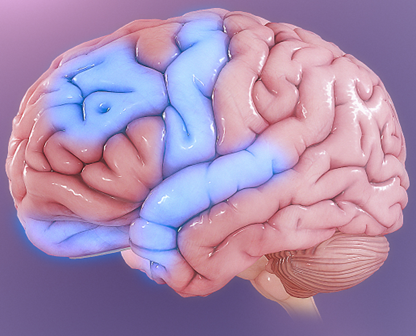Additional information from the International OCD Foundation
Next week is OCD Awareness Week for 2024 and, in honor of that, I figured that I could perhaps give some insight into the illness.
OCD, for those who are unfamiliar with the term, stands for Obsessive Compulsive Disorder. Like the name suggests, it is characterized by two things: obsessions and compulsions that are so intense that a person’s quality of life is hindered. Often, this means that they are either time-consuming, causing extreme emotional distress or keeping the person from doing activities they value.
Obsessions are recurring thoughts and mental images that feel uncontrollable and that cause extreme fear, disgust or some other form of distress. It is important for the people who do not experience OCD to note that these thoughts are unwanted. OCD often plays on a person’s fears and insecurities, and it is important to keep that in mind when we reach the part later in this article in which we discuss different types of OCD.
Meanwhile, compulsions are the reactions to the obsessions. They can come in many forms: a physical action, a thought, repetition, reassurance-seeking and other things. The point of the compulsion is to ease the worry and distress caused by the obsessions.
Often, people with OCD know—logically—that both their fears and the actions they are taking in response to those fears ultimately make no sense. That does not matter. The compulsion is a result of the brain’s desperate attempts to assuage the worry that feels all-consuming and never-ending.
A note, based on that point, if you know anyone with OCD: telling them that what they are doing is illogical does not help at all. They most likely already know. They likely already feel crazy because they know it doesn’t make sense but it feels out of their control. In my experience, it only makes the person with OCD feel even worse. Don’t swing in the other direction and try to justify their compulsions, but don’t nitpick everything they do, either.
There are many many different types of OCD, and I will list and explain a few below:
- Contamination OCD: The type of OCD that many people think of, with hand washing and not touching doorknobs or light switches. As someone with this type, those are compulsions I have, but it also includes repeating a motion to see if I could have possibly touched a surface that might have germs on it. It’s also zoning out for an entire class because it’s as if I can feel the germs on my skin, even though I know that is not how it works.
- “Just Right” OCD: The other type that people usually imagine when it comes to OCD. This is a more umbrella term for the type of OCD in which people feel the need to make things “just right” to quell anxiety. This can be a person flipping a light switch a certain number of times, bumping their left arm against the wall after bumping their right arm to make it “even,” or organizing objects in a certain pattern. However, this differs from simply liking to be neat, because it is usually associated with extreme fear or dread if the compulsion is not performed.
- Harm OCD: This is one of the types of OCD that is less often talked about. It centers around the fear of causing harm to others. This could look like a person repeatedly checking to make sure that they did not hit anyone or anything while driving or consistently asking others to make sure that they have not harmed anyone recently.
These are only some of the various types of OCD, and there are many that are considered extremely taboo in topic, and therefore are rarely ever talked about. However, it is important to note again that OCD often targets what a person values—if they value being a good, moral person, then OCD might cause thoughts and images that make them worry they are not. The fact that the thoughts and images are disturbing is the point of the disorder—there would not be anxiety otherwise.
There are treatments for OCD, including medications and therapy, with the primary method being Exposure and Response Prevention (ERP). ERP is about having the person with OCD be repeatedly and increasingly exposed to triggers and, rather than partake in a compulsion, use various techniques to decrease the anxiety.
This is not a comprehensive explanation of Obsessive Compulsive Disorder, by any means, but I hope this has been helpful in making any readers more familiar with the disorder.
